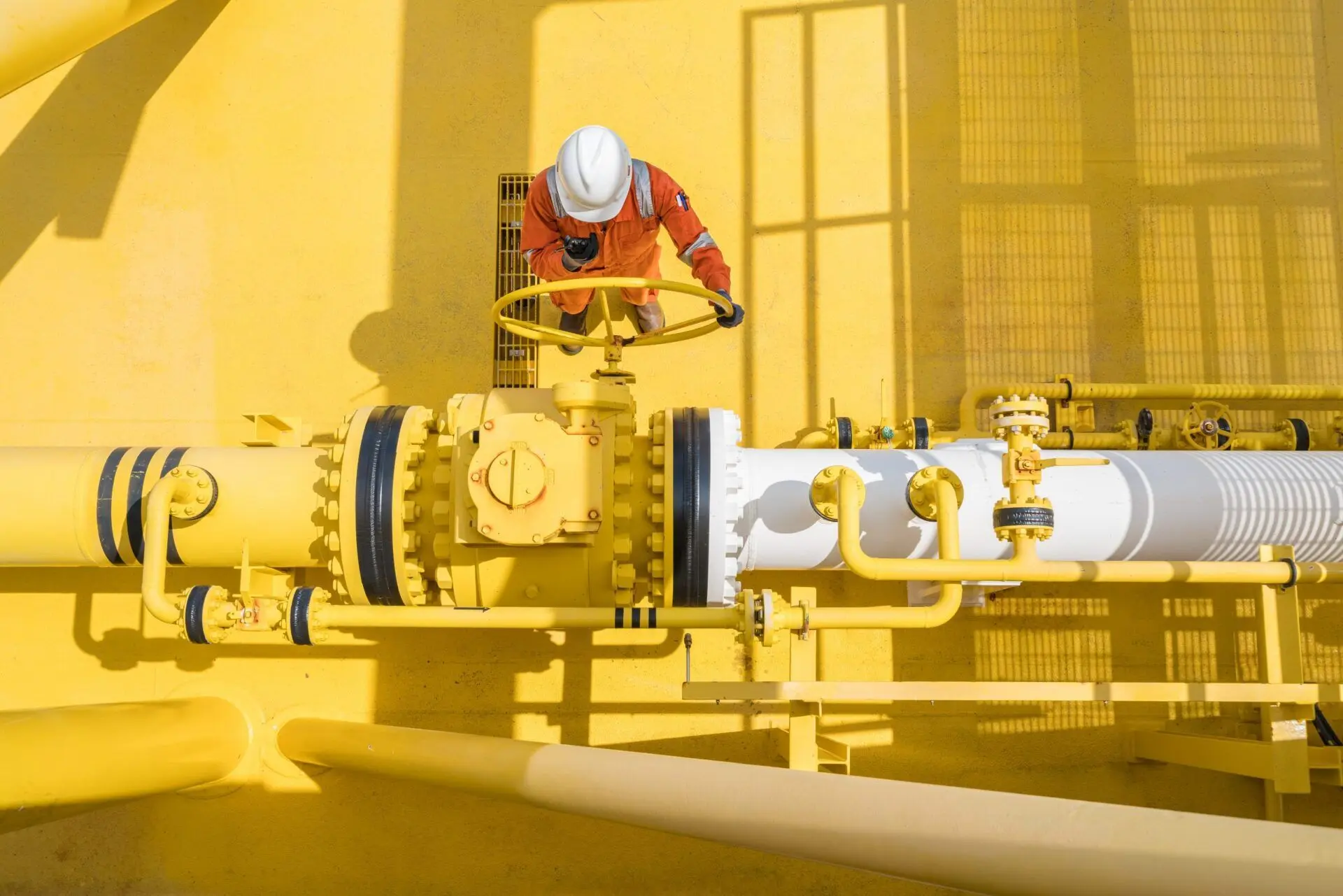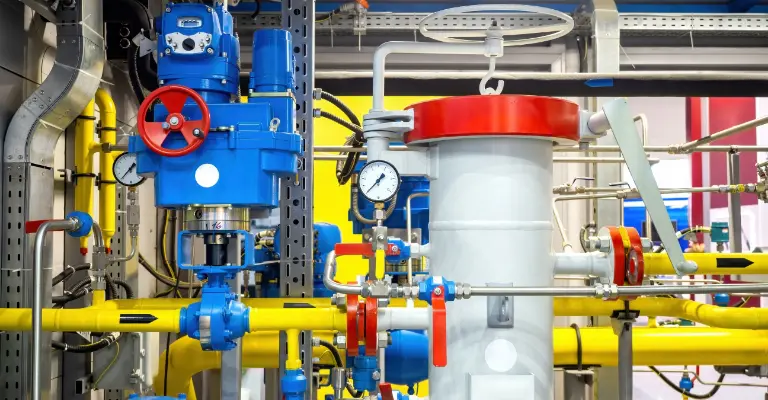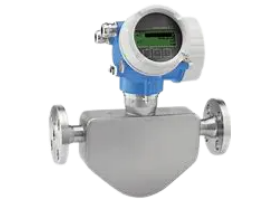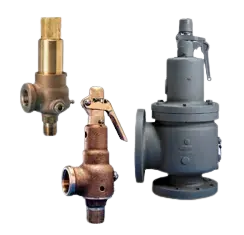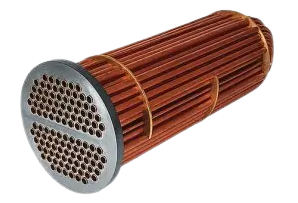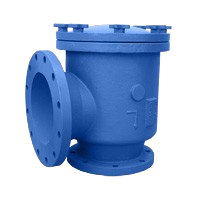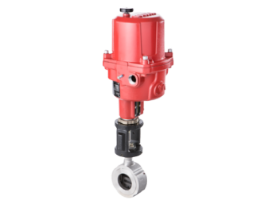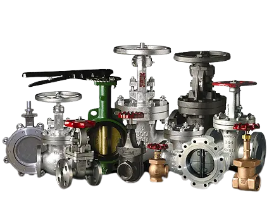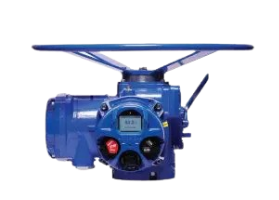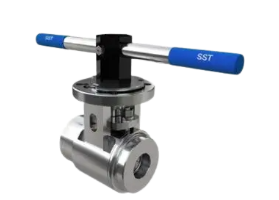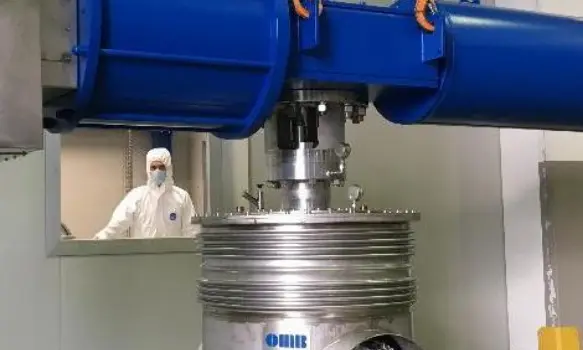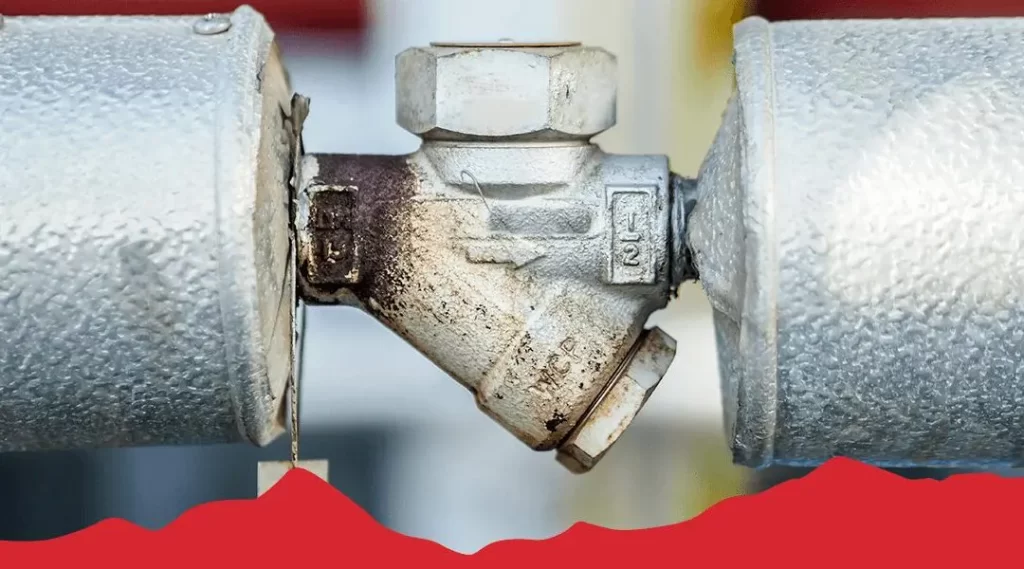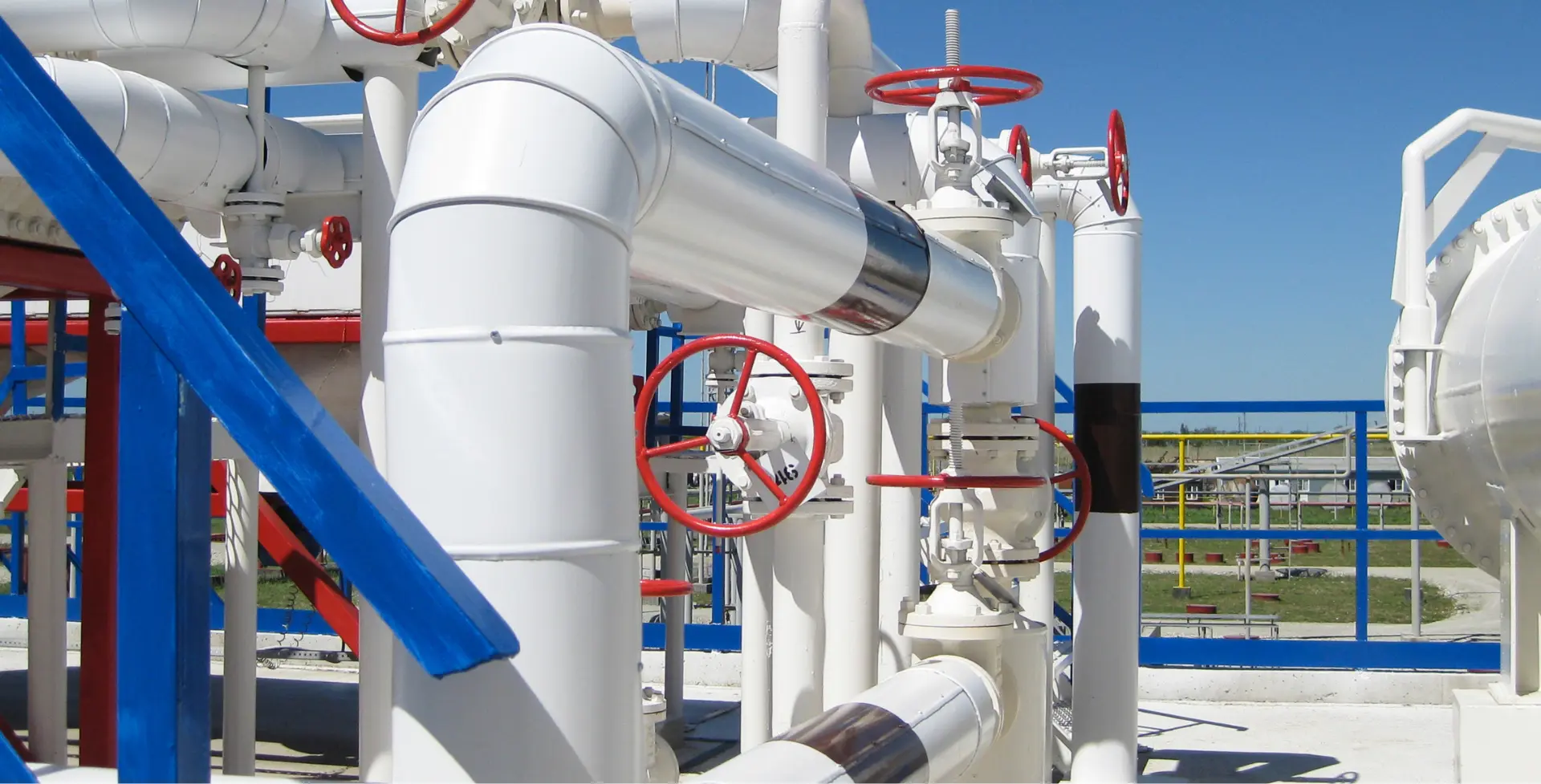We keep the process running™
Industrial Process Equipment and Control Products Distributor
Our Products
Explore MSEC’s Equipment and Products We Distribute
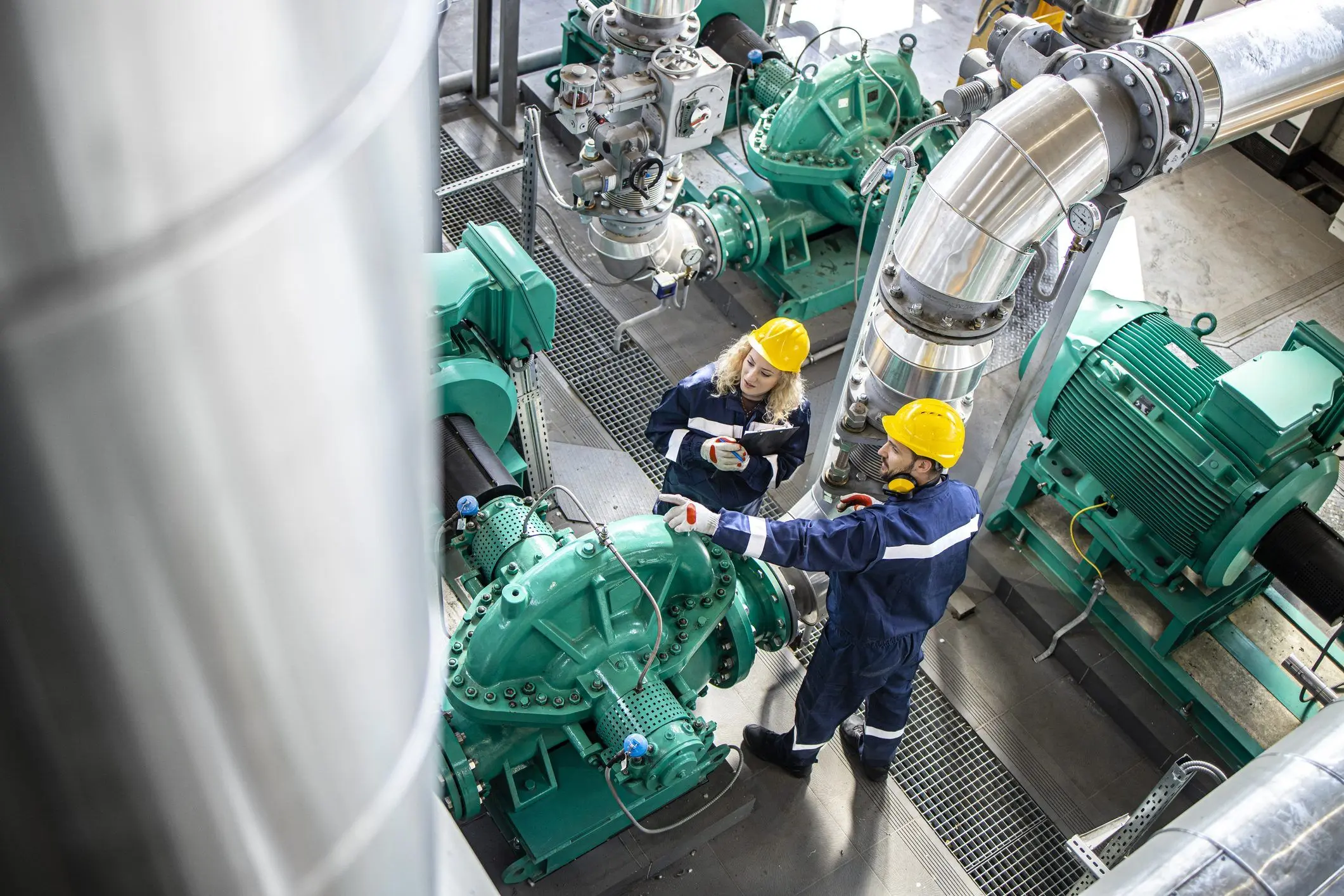
Why MSEC, Inc. For Your Process Equipment and Services?
MSEC, Inc. is a distributor and service provider of industrial process equipment specializing in valves, actuators, valve automation, heat transfer, instrumentation and steam specialties.
MSEC was started in 1978 by an entrepreneur who had grown up working in his father’s distribution company in Buffalo, NY. The initial focus of the company was selling steam specialties. The business went under the trade name Mountain States Engineering & Controls.
In 2008 the company was purchased by Patrick and Alicia Bryant. Patrick and Alicia both worked in the corporate world for decades prior to purchasing MSEC. Patrick is a register professional engineer with a Ph.D. in Chemical Engineering from the University of Idaho. Alicia had worked in purchasing and sales for numerous corporations prior to becoming an owner and employee at MSEC.
Our goal is to provide our customers with best-in-class customer service when they look to purchase products or services. We strive to
Why Choose Us
Advantages of Choosing MSEC
Superior Expertise
Our leadership and engineering team have years of technical industrial experience addressing the process equipment needs of many application types including oil & gas, pipeline, water & wastewater, chemical, power generation, pulp & paper, pharmaceutical, food & beverage, and petrochemical markets.
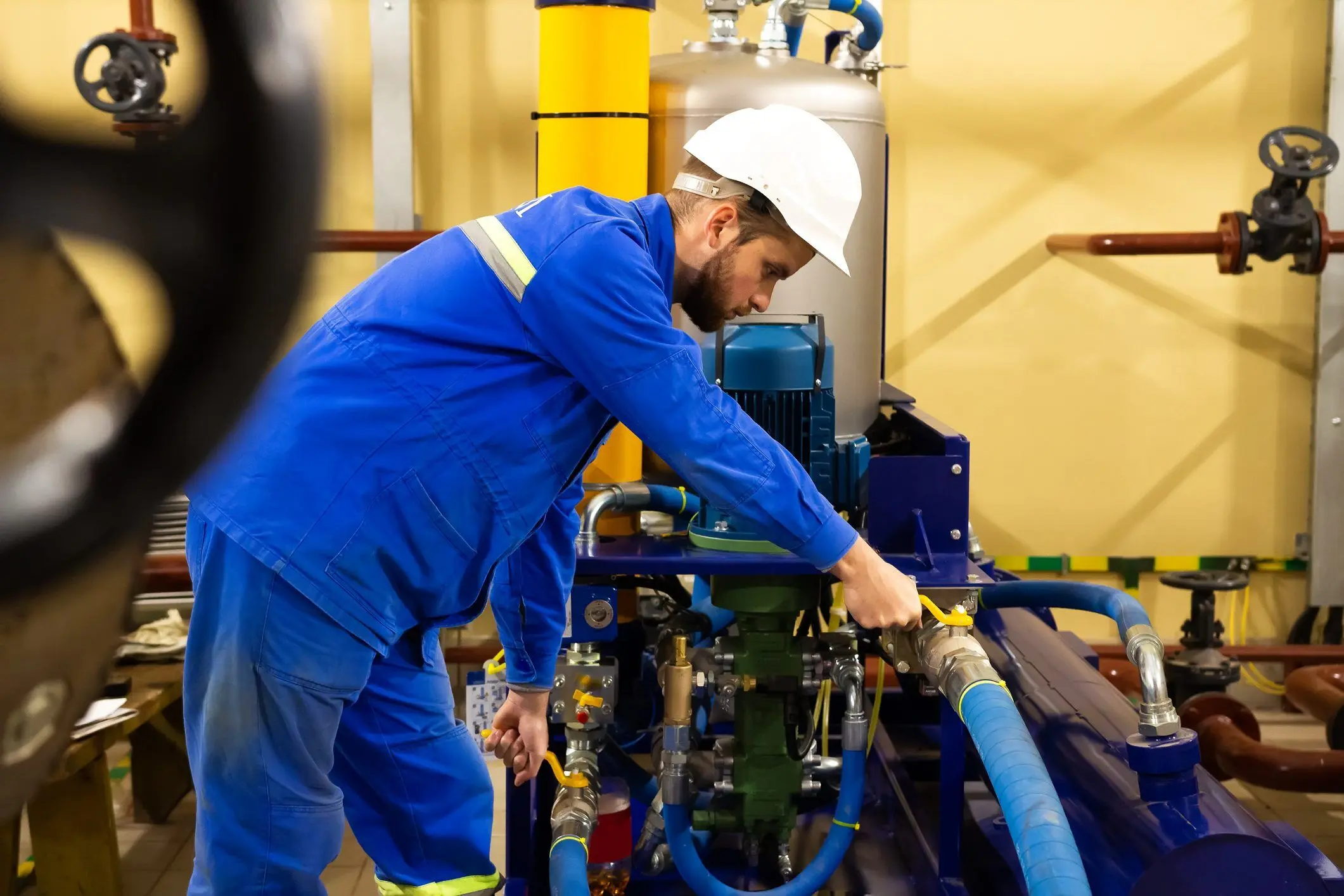
Individual Attention
Our experts pride themselves on world-class customer service and the fastest response times. We can provide an operational analysis to identify your most critical needs and help determine the most reliable, productive and cost-effective solutions for your unique application. We’ll also maintain your equipment’s service records to increase reliability and ensure a long life.
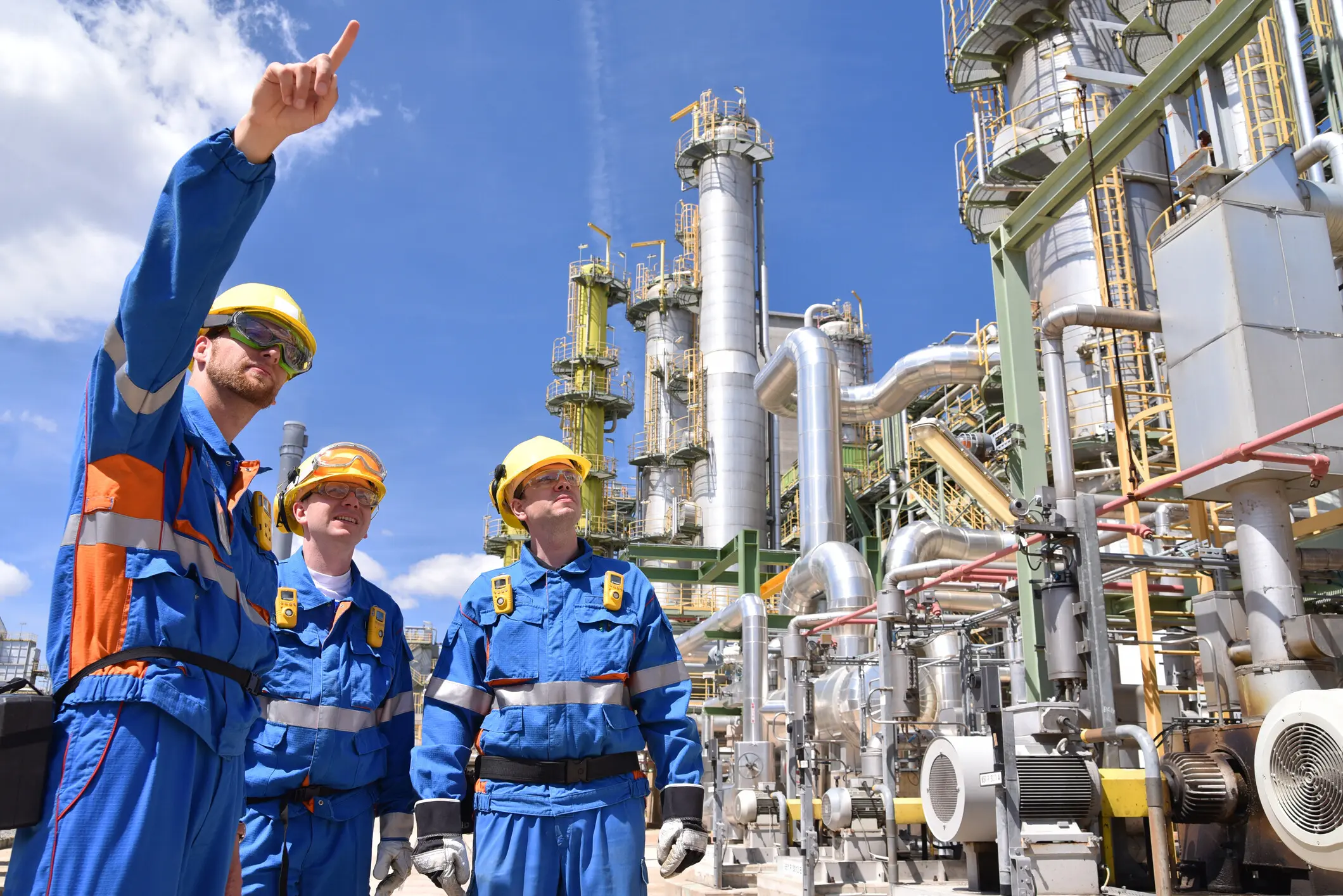
Customization options
In addition to our off-the-shelf products, MSEC can help you develop a custom solution for your specific process requirements. Our partnerships with global manufacturers provide us with a wealth of resources and long term optimal solutions to meet your needs with the lowest total cost of ownership.
